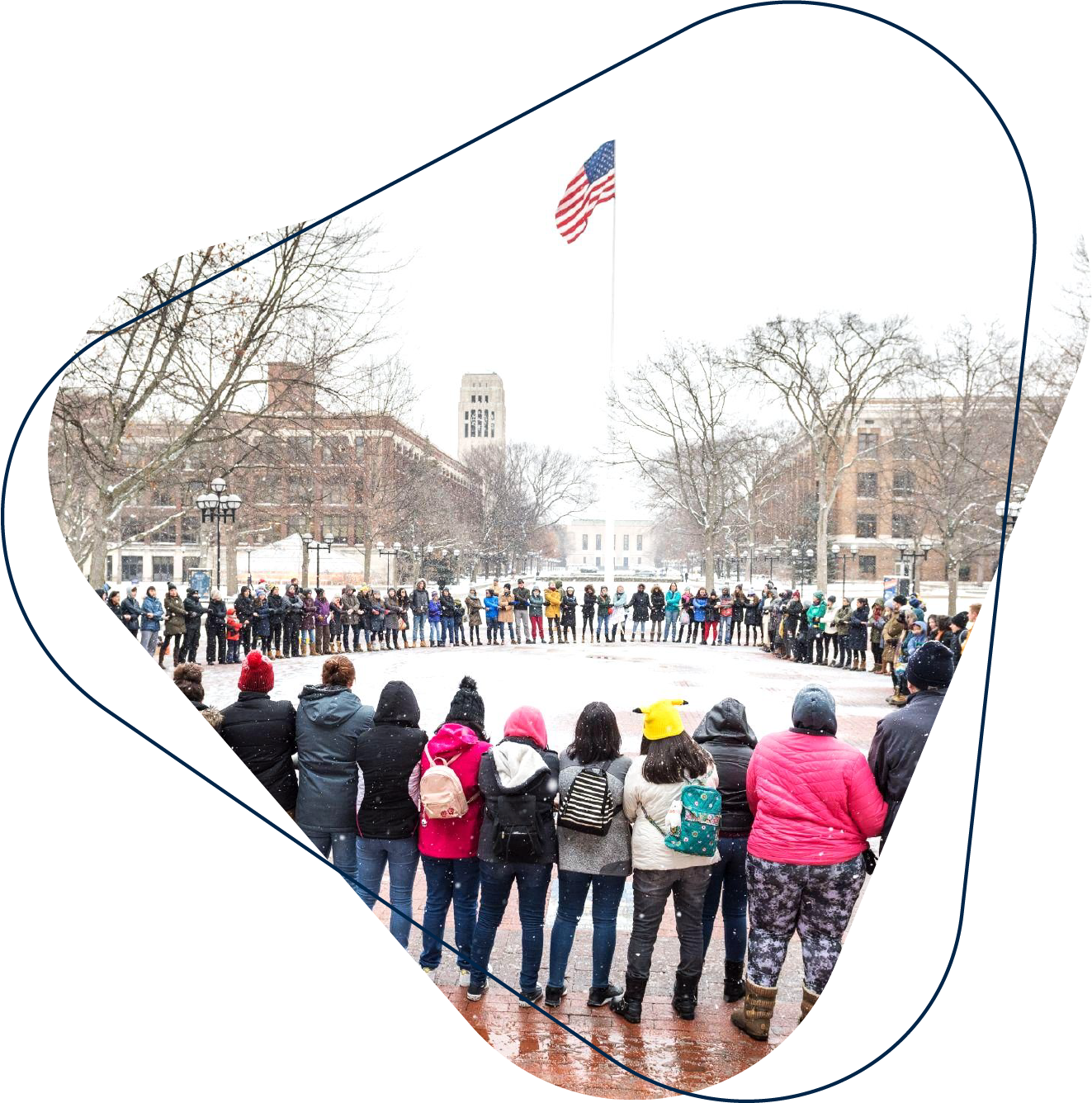Our Commitment
We commit to diversity, equity and inclusion as a means to flourish individually, excel professionally, and advance knowledge in information technology at U-M.
We will accomplish this by fostering a climate rooted in mutual respect, drawing on intellectual strength, and producing innovative solutions from the synergy of our people.
Find more DEI 2.0 resources for ITS employees (login required)

DEI 1.0 — Our Accomplishments
Passport Program

32 DEI modules
302 activities
481 participants
24 classes/trainings
12 watch parties
302 activities
481 participants
24 classes/trainings
12 watch parties
Accessibility

50 services in EAS evaluated with the Accessibility Scorecard,
Hired Assistant Director IT Accessibility
Hired Assistant Director IT Accessibility
Talent Management

Improvements to our strategies in recruiting and retaining staff, renaming and streamlining of annual review process, Innovation Fridays
Communication

Words Matter Task Force, DEI Slack channel, VPIT-CIO led Town Halls, informal chats, weekly messages from VPIT-CIO, incorporated DEI opportunities
ITS DEI 2.0 Strategic Plan — Distal Objectives
Distal objectives refers to the three overarching campus-wide DEI strategies in terms of people, process, and products.

People: Recruit, Retain & Develop a Diverse Community

Process: Promoting & Equitable & Inclusive Community

Products: Education, Scholarship & Service
Like other U-M units, ITS has its own five-year plan that includes strategic objectives, measures, and actions planned for each fiscal year. Read the complete plan to learn more.


